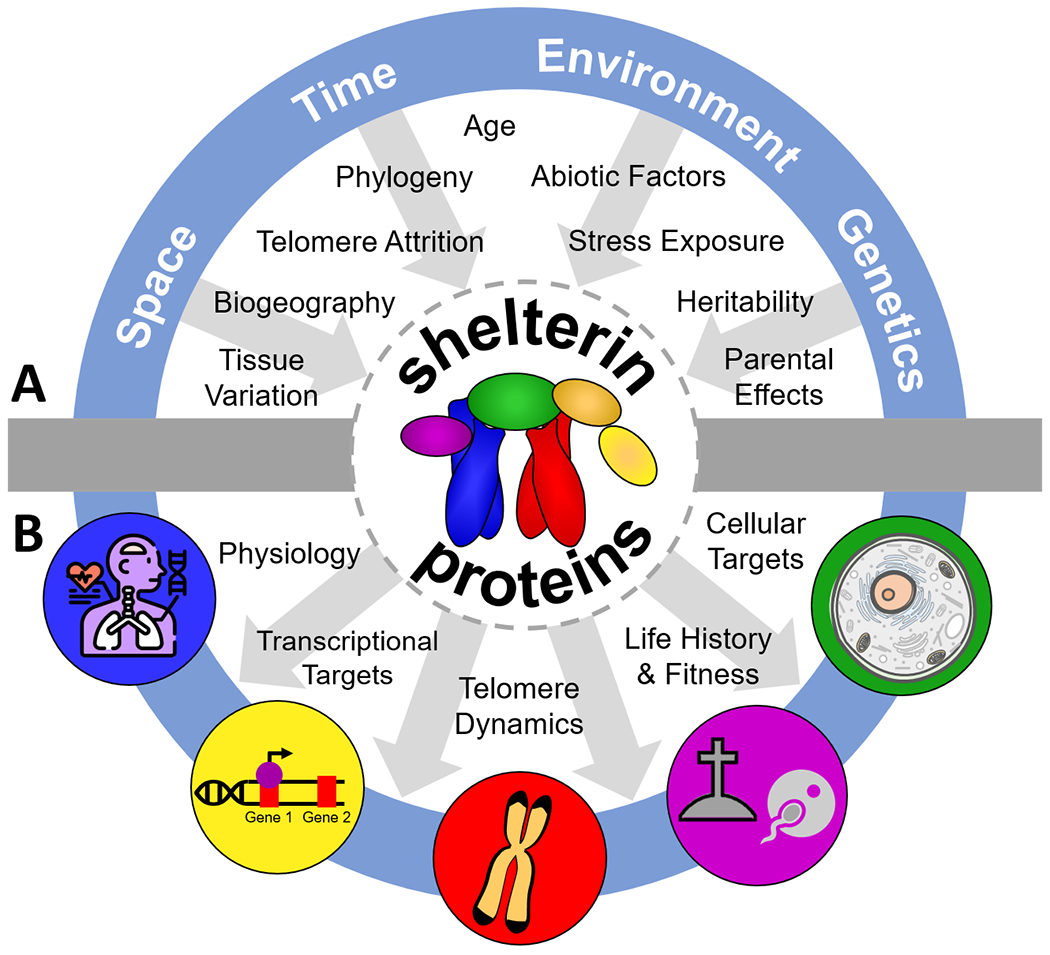Figure 4. Open questions for the study of shelterin proteins in life history and aging.

Integration of research across scientific fields is needed to understand the functionality and evolution of shelterin proteins in the context of life history and aging. (A) top half, impact on shelterin proteins: this includes research exploring natural and experimental variation in shelterin abundance across space (i.e., tissues, biogeography), time (i.e., with age, telomere attrition, and phylogeny), environmental conditions (i.e., stress exposure, abiotic factors), and with genetic factors (i.e., heritability, other parental effects). (B) bottom half, impact of shelterin proteins: there is a need to establish an expanded proximate understanding of each shelterin protein’s functional roles in transcription, telomere dynamics, and physiology across the cell and document the relationships between shelterin protein abundance and various aging, life history, and fitness outcomes.
